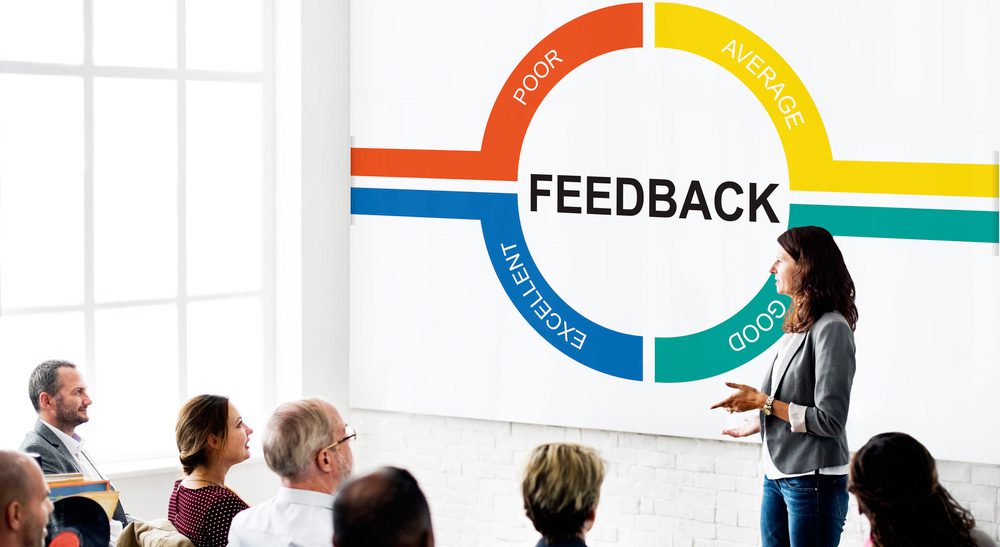Your customers want answers, not platitudes, so don’t waste their time with “Your call is important to us” and other clichés that go nowhere. In this post, we look at what’s really important – to your customers, your staff, and your call centre’s long-term performance.
Average Wait Times and Abandon Rates
The amount of time callers are prepared to wait – or Average Wait Times (AWT) – can be different depending on the industry you’re in, and the type of calls your customers are making; for example, sales versus support. After the AWT comes the Call Abandon Rate: that is, the rate at which people just “give up and go home” after they’ve hit their on-hold threshold.
These two measures are at the foundation of figuring out what’s working – as far as your customers are concerned – and what areas you can zero in on to keep your call centre wait times down.
What’s the industry benchmark?
So what benchmark should you be comparing your business against when you’re taking these measures?
The general consensus across the call centre industry as a whole echoes the Pareto Principle, with “80% of calls answered within 20 seconds”.
As for the Abandon Rate, put simply, the lower the better. (And if you want some tips on how to do that, check out our post on The Real Financial Impact of Abandoned Calls.)
Whatever benchmark you start with, the best targets to work toward are those you and your team have come up with yourselves, using your own data – from your systems and dashboards, and from direct feedback from your customers, as well as your agents. Armed with this targeted information, you can focus your efforts on what will have the biggest impact, without compromising your customer and staff satisfaction levels.
Yes, you still need to start with an industry or sector baseline, but this will only ever be secondary data. To get a truly accurate and effective reading, you’ll need to build up your primary data as well – data you’ve collected yourself from testing different approaches, measuring the results, and tracking that progress over time.
Stats versus CSats
Measuring your AWT and Abandon Rates is important. Statistics like these give your business an objective, quantitative measure of your centre’s performance, and help you identify what’s working from a technical and process perspective.
But in these customer-centric times, don’t underestimate the power of your CSats – your Customer Satisfaction ratings – aka the ‘qualitative’ side of your centre’s performance.
Make sure you have a balance of quantitative and qualitative information, and use both types of information together to identify and interpret subtler business insights.
Customer surveys don’t have to be onerous. One or two questions at the end of a call may be all you need (read our article on Designing an Effective Customer Satisfaction Survey). At other times, you may want to send out a more comprehensive questionnaire.
It’s important to listen to your customers, but without invading on their time or goodwill.
You may find that something as simple as giving customers an estimate of how long they can expect to wait, and giving them alternatives – such as using a call-back service – can reduce abandon rates. While the wait time itself may not change, you’ve shown you respect your customer’s time by at least letting them know how long it might be, and then released them to get on with other tasks while they wait for their return call.
Your customers will rate their experience of your business more highly, and your agents will be able to provide a more personalised, quality service. It’s win-win.
 How technology can help
How technology can help
A quality IVR system can play a critical role in filtering as well as answering customer calls. It can help progress their call quickly, and ensure the agent has all the information they need when the customer is connected. In this instance, the wait time has also been helping the customer progress their request. They don’t perceive their on-hold time as wasted, and they come away with a much more positive opinion of your professionalism, and their value to you as a customer.
Putting your wait times to work
Reducing wait times is a noble goal for every call centre, and if you want some solid strategies on ways to achieve this, see “How to reduce call centre waiting times”.
But not every business is solely focused on reducing wait times. Depending on your brand position, and your customer service values, you may prefer to take a different approach, offering your customers a number of options that will help them progress their enquiry while they’re waiting.
Whatever your business’ principal focus, whether your wait times are coming down or holding steady, capturing and tracking metrics like Average Wait Time and Abandon Rates can help you pinpoint patterns and potential weak spots in your service. You can then use these insights to adapt and improve your workflows and KPIs to better meet your customers’ specific needs and expectations.
Premier Contact Point solutions
With customer expectations changing as fast as the technology itself, it’s important to build agility and responsiveness into everything you do. Get in touch with Premier Contact Point today for help with getting ahead of the curve, and staying there.
